
Albert Hertel (19 April 1843, Berlin - 12 February 1912, Berlin) was a German landscape painter.

Albert Hertel (19 April 1843, Berlin - 12 February 1912, Berlin) was a German landscape painter.
He began his studies at the Berlin University of the Arts. At the age of twenty, he went to Rome and stayed there for almost four years. In addition to studying the masters, he became interested in landscape painting and took lessons from Heinrich Dreber.
In 1867, he returned to Berlin. He was only there for a year, however, then went to study at the Kunstakademie Düsseldorf with Oswald Achenbach, a well known landscape painter. [1] In 1875, he was appointed a lecturer at the Berliner Kunstakademie, and placed in charge of the landscape painting studio. After two years there, he began working as a free-lance artist.
In addition to his landscapes, which he usually painted "en plein air", he created still-lifes and some genre pieces. He also did a few illustrations; for some tragedies by Sophocles, small dioramas of Bad Gastein, and a cycle of six Italian scenes.
In 1897, he was awarded a small gold medal at the Große Berliner Kunstausstellung. In 1902, he presented draft designs for thirteen paintings in tempera, to adorn the Imperial Staircase at Berlin Cathedral. There were nine square murals depicting the life of Jesus, and four oval ceiling panels on Biblical parables. They were approved by Kaiser Wilhelm II, and completed shortly before the Cathedral's opening in 1905.

He died at the age of sixty-eight. His grave at the Cemetery of the Jerusalem and New Church Congregation has not been preserved. [2]
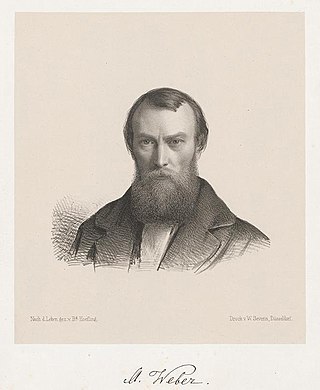
Johann Baptist Wilhelm August Weber was a German painter; associated with the Düsseldorfer Malerschule.
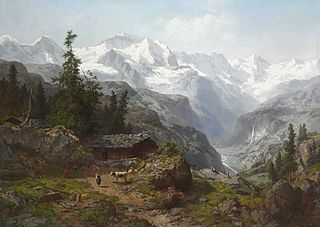
Joseph Niklaus Bütler, born Josephus Nicolaus Gallus Bütler was a Swiss landscape painter; associated with the Düsseldorfer Malerschule.

Joseph Fay was a German painter and illustrator; associated with the Düsseldorfer Malerschule.
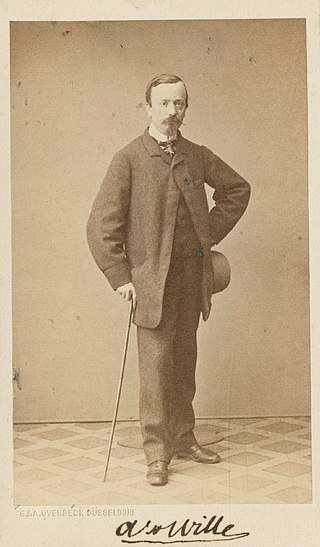
August Levin von Wille was a German landscape painter, genre artist and illustrator.

Christian Köhler was a German painter, associated with the Düsseldorfer Malerschule, although his style owes much to the Nazarene movement.
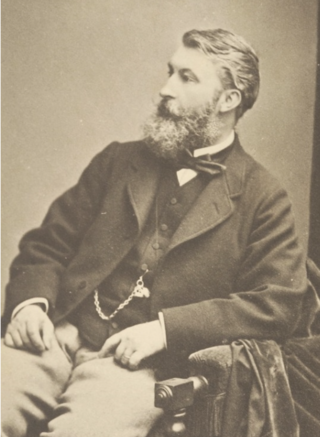
Albert de Meuron was a Swiss landscape, genre, portrait and history painter associated with the Düsseldorf School.

Eugen Kampf was a German painter; associated with the Düsseldorf school of painting. He specialized in rural and village scenes.
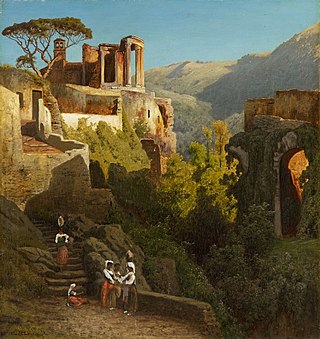
Carl Jungheim was a German landscape painter, associated with the Düsseldorfer Malerschule.

Wilhelm Theodor Nocken was a German landscape painter of the Düsseldorf school of painting.

Ascan Lutteroth was a German landscape painter; associated with the Düsseldorfer Malerschule.

Friedrich Schaarschmidt was a German landscape painter and figure painter of the Düsseldorf school of painting, conservator and art writer.

Carl Conrad Julius Hertel was a German genre painter, associated with the Düsseldorfer Malerschule.
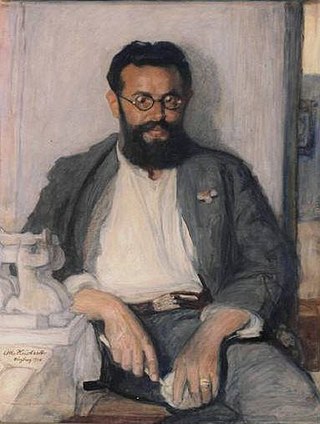
Otto Theodor Rudolf Heichert was a German painter and graphic artist; associated with the Düsseldorfer Malerschule.

Eduard Kaempffer was a German painter, sculptor and medallist.
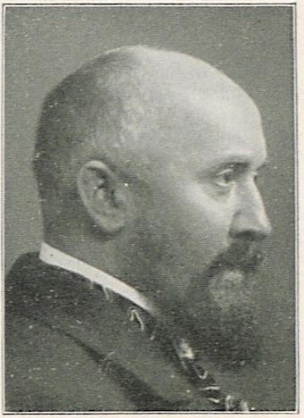
Theodor Gustav Alwin Adolf Maennchen was a German landscape and genre painter.
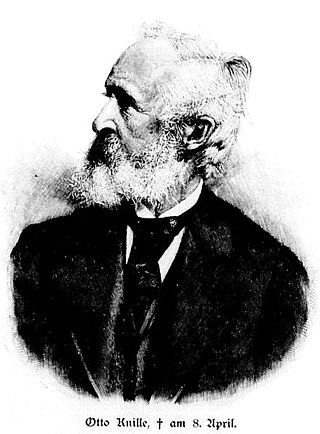
Otto Knille was a German history painter; associated with the Düsseldorfer Malerschule.

Adolf Gustav Schlabitz was a German portrait and genre painter.
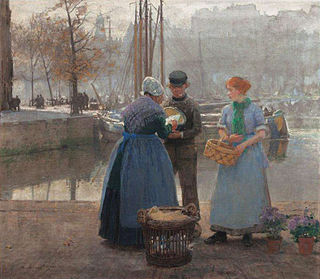
Johann Emil Rudolf Herrmann, known as Hans was a German landscape and genre painter. He specialized in scenes of the Netherlands.
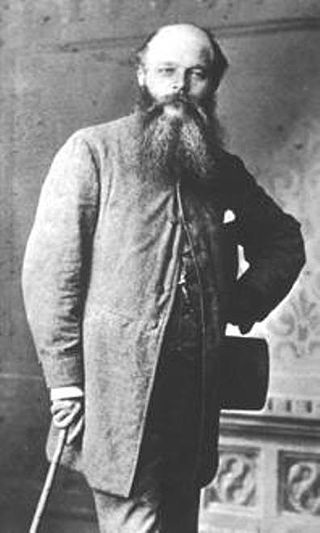
Friedrich Franz Maria Stummel was a German religious artist, associated with the Nazarene movement and the Düsseldorfer Malerschule. In addition to his own paintings, he created designs that were employed by numerous glass painters, sculptors, and weavers.
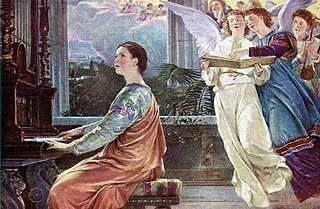
Heinrich Lauenstein was a German painter and art professor; associated with the Düsseldorfer Malerschule. He specialized in portraits, many of them of children, and religious scenes.